Driving assistance systems manufacturer Valeo has premiered its third-generation scanning lidar, which is set to make its market debut in 2024. Its improved performance over previous versions will “make autonomous mobility a reality” and aims to offer even higher levels of road safety.
The latest version of lidar – light detection and ranging – by Valeo is able to reconstruct a three-dimensional real-time image of the vehicle’s surroundings at a rate of 4.5 million pixels and 25 frames per second, and improves over the previous generation by 12 times in resolution, three times in range and 2.5 times in viewing angle.
The new perception capabilities of the Valeo lidar means it can “see” objects that human eyes, cameras and radars cannot, the manufacturer said, allowing the delegation of driving tasks to the equipped vehicle for autonomous operation at Level 2 and above, including on highways at up to 130 km/h. Vehicles fitted with the third-generation lidar can also manage emergency situations autonomously, said Valeo.
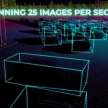
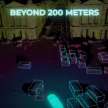
All objects surrounding the lidar-equipped vehicle are detected, recognised and classified, and moving objects will have their speed and direction measured. Valeo’s scanning lidar adapts to all light conditions, and will even measure the density of raindrops in order to calculate the ideal braking distance.
Nearby vehicles are tracked even when they are no longer in the driver’s line of sight, and anticipates their trajectories to calculate the necessary safety manoeuvres.
Through a form of vehicle-to-everything (V2X) communication, the Valeo’s scanning lidar will also be able to alert other vehicles of road hazards it has detected in order for other road users to benefit from its detection capabilities.
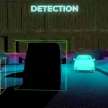

The entire lidar system is designed and manufactured by Valeo, including the hardware, software and associated artificial intelligence for the collecting of data and to enable the vehicle to make the correct decision instantly, according to Valeo.
These lidar products are produced at Valeo’s plant in Wemding, Bavaria in Germany, where some 300 engineers are dedicated to the fields of optics, mechanics and photonics, for which more than 500 patents have been filed, the manufacturer said.
In addition to passenger cars, modes of transportation including autonomous shuttles, robotaxis, delivery droids, autonomous trucks as well as those in the agriculture, mining and infrastructure sectors will need to equipped with one or more lidar devices in the newar future, said Valeo; it predicts that up to 30% of new premium vehicles are set to reach Level 3 autonomous driving by 2030.
According to a Reuters report in June, the next-generation Volvo XC90 is set to receive lidar sensors as standard equipment. This will use an Nvidia chipset, and it can be made to work with cameras and radar sensors in existing models.



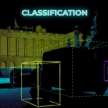
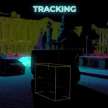


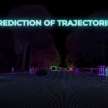

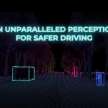
The post Valeo third-generation scanning lidar debuts – to support Level 3 assisted driving; market debut in 2024 appeared first on Paul Tan's Automotive News.

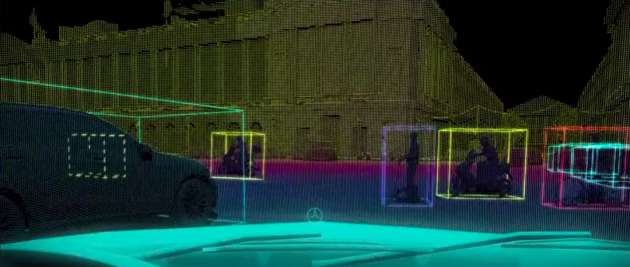

0 Comments